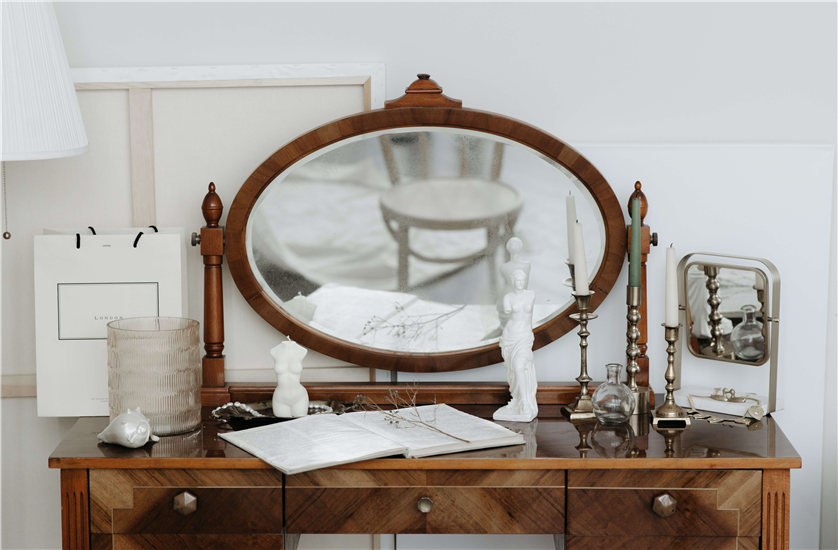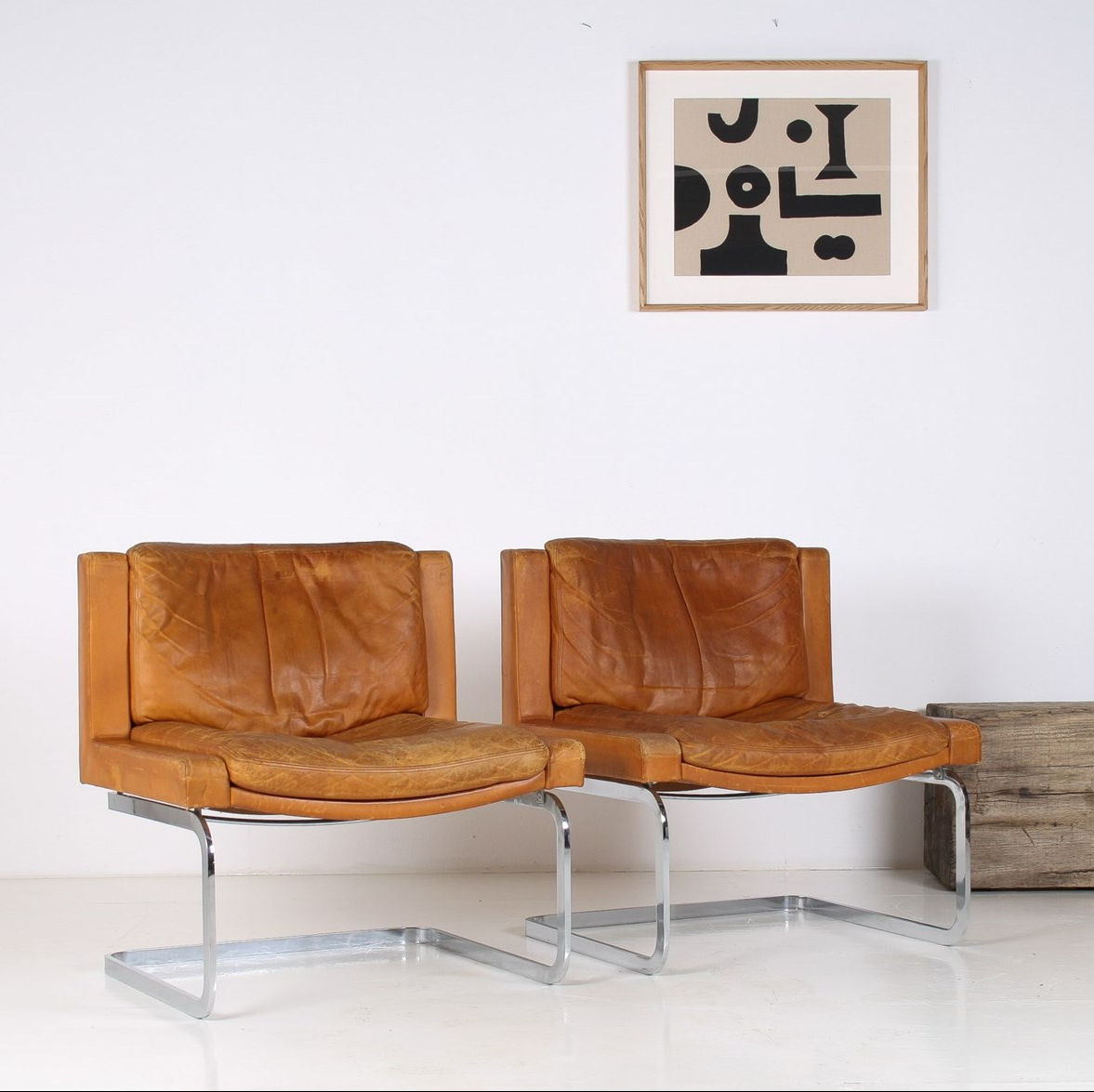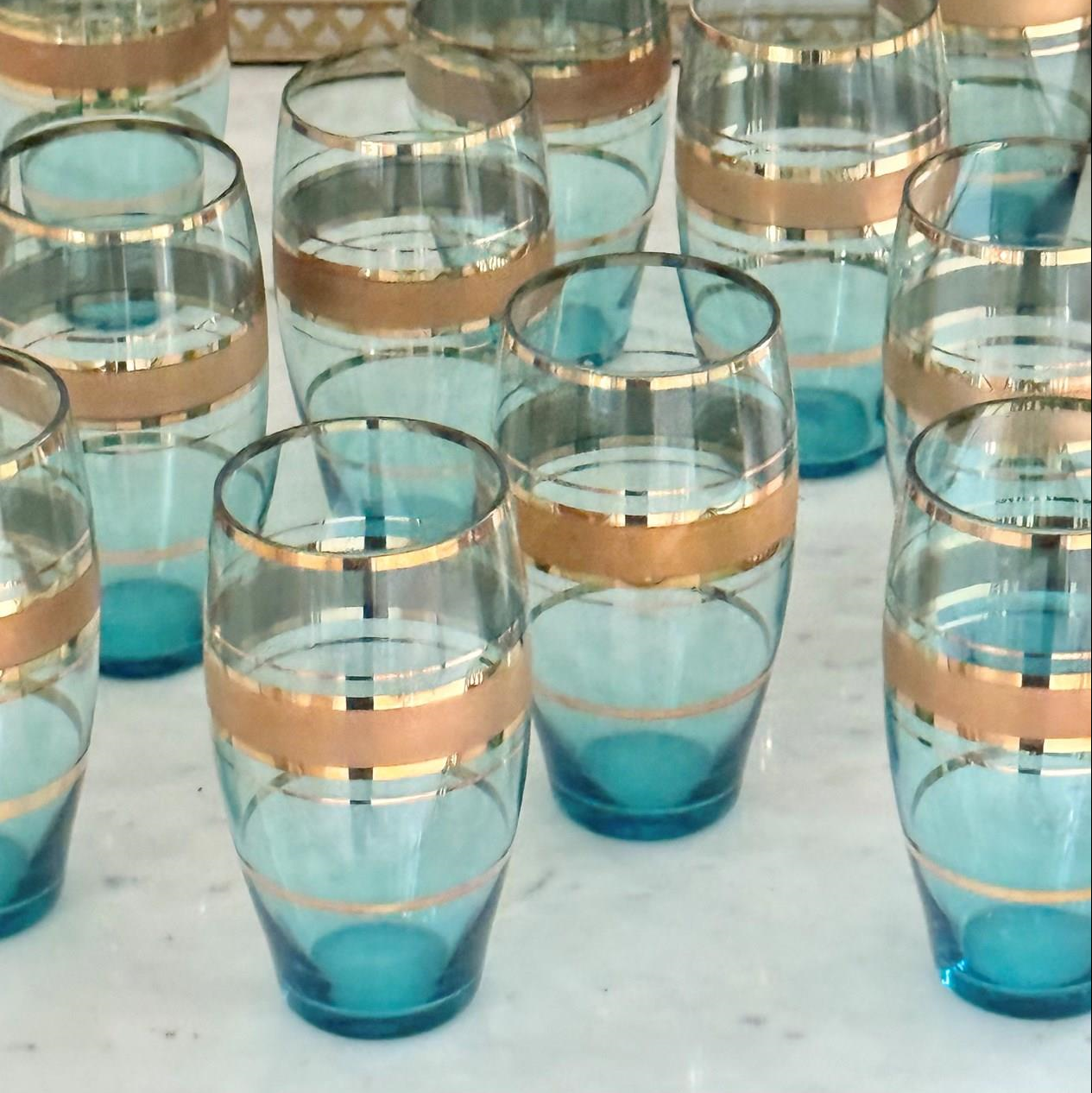
Antique mirrors – or looking-glasses as they were originally known – are incredibly diverse in terms of style and size, which is perhaps why they remain so popular today.
Mirrors aren’t a modern invention and have been used in some shape or form for thousands of years. Egyptians polished bronze to use as mirrors in 2900 BC while Chinese mirrors date back as far as 2000 BCE.
Rather than go through the long and varied history of mirrors, here is a brief look at more modern mirrors made using silvered glass.
When Were Mirrors First Made?
Glass mirrors with a silver backing were first made in Venice around the 16th Century. They were originally produced by Murano and wouldn’t come to be manufactured in England until the 17th century.
Venitian mirrors were considered to be incredibly fashionable, especially in France. As well as being the first mirrors produced with a metallic backing, many Venetian mirrors were very decorative, making them a popular choice for royalty and nobility.
English manufacture of mirrors started in 1625 with them initially being made by the cylinder process in Sir Robert Mansell’s glasshouse in London. This method involved blowing cylinders of glass that were then split open and laid flat. The Duke of Buckingham then began making mirrors at his famous glassworks in Vauxhall.
However, the cylinder method had limitations, mainly due to the fact that only small plates could be madam, which meant that several pieces of glass were needed to create one mirror.
Over time, larger plates were manufactured, which were of higher quality, so that by the late 18th century, larger and more decorative mirrors could be produced. This is when freestanding mirrors that could be attached to furniture started to be made.
Mirror Frames and Fashion
Over time, the frames used for mirrors also changed, with the Victorian period bringing in more decorative polished frames. Frames came in a lot of different styles with carved, painted and gilded options being popular.
The frames for mirrors also started being designed to suit the architecture of buildings, especially homes. Ornamental mirrors were created to fill the space between the mantelpiece and the ceiling, while styles like girandole mirrors were created to look good and serve another purpose. This type of mirror featured candle arms that allowed the candlelight to be reflected into a room.
Similarly, the convex mirror was made for dining rooms to allow butlers to watch the progress of a meal without having to move around the room. This ensured that service was timely and didn’t interrupt people.
Much larger mirrors, such as cheval mirrors or free-standing mirrors, started to become popular in the 1800s. While the large mirrors were still fairly expensive, they were a popular choice for dressing rooms, as were smaller free-standing varieties that could be put on top of furniture, such as dressing tables.
Recycling Antique Mirrors
During the 18th century, there was a large tax on glass imports to the UK. This, along with the fact that large mirrors couldn’t be produced out of single pieces of glass at the time, meant that English factories instead started to recycle old mirrors.
Recycling meant that factories could avoid import costs and the tax while utilising older materials. Larger mirrors were then produced by creating frames that held several pieces of recycled glass. The result was an illusion of a single mirror.
Recycling mirrors in this way was common until larger mirrors could be produced in the late 18th century, at which point single pieces of glass and lighter mirrors could be manufactured.
Caring For Antique Mirrors
Whether you have a large or small antique mirror, ensuring you care for it correctly will keep it looking its best for years to come.
A common issue with antique mirrors is that the silver backing deteriorates over time. This can make the mirror look misty or cause spots. It can be tempting to get the backing replaced, but this shouldn’t be done until you have the mirror assessed. Re-silvering the back of an antique mirror can affect its value and some collectors only want mirrors with the original silver.
The condition of the frame can also impact the value of your mirror, so it’s vital that you clean it very carefully and avoid using abrasive chemicals that could affect the finish or remove the natural patina.
You can find out more about looking after antique mirrors in our helpful guide.




